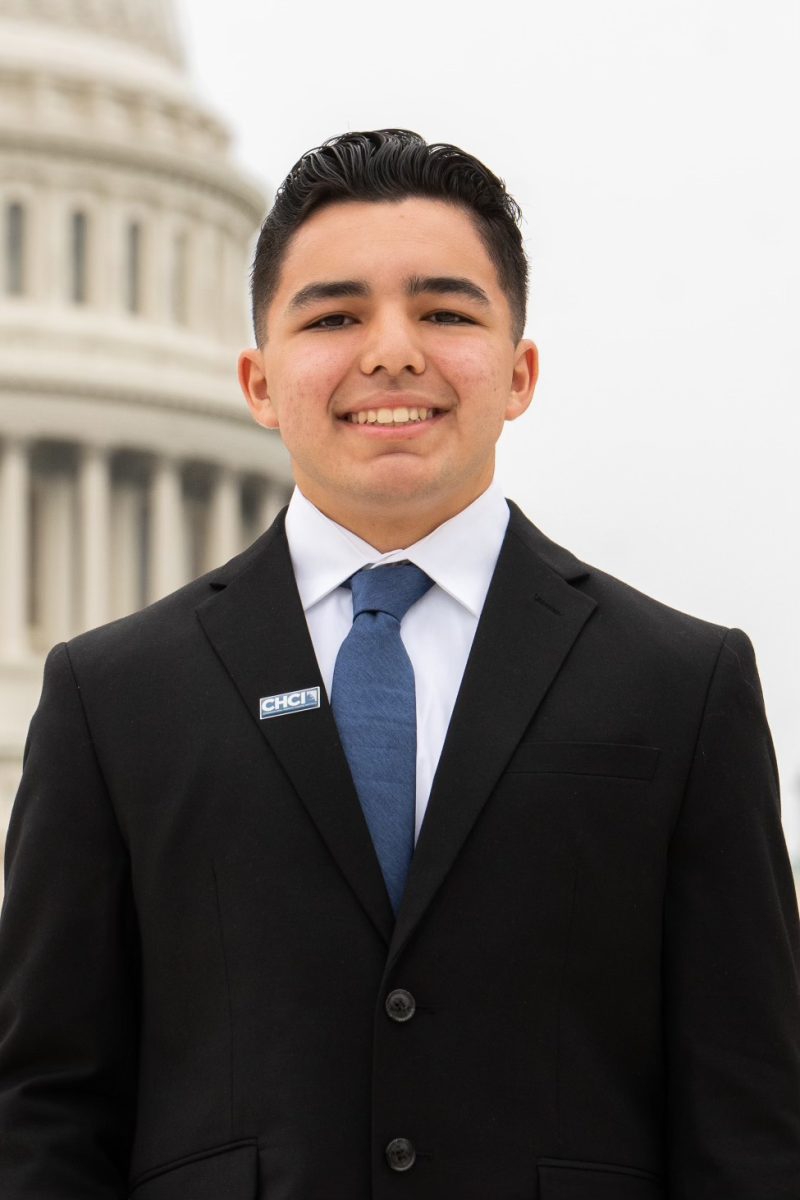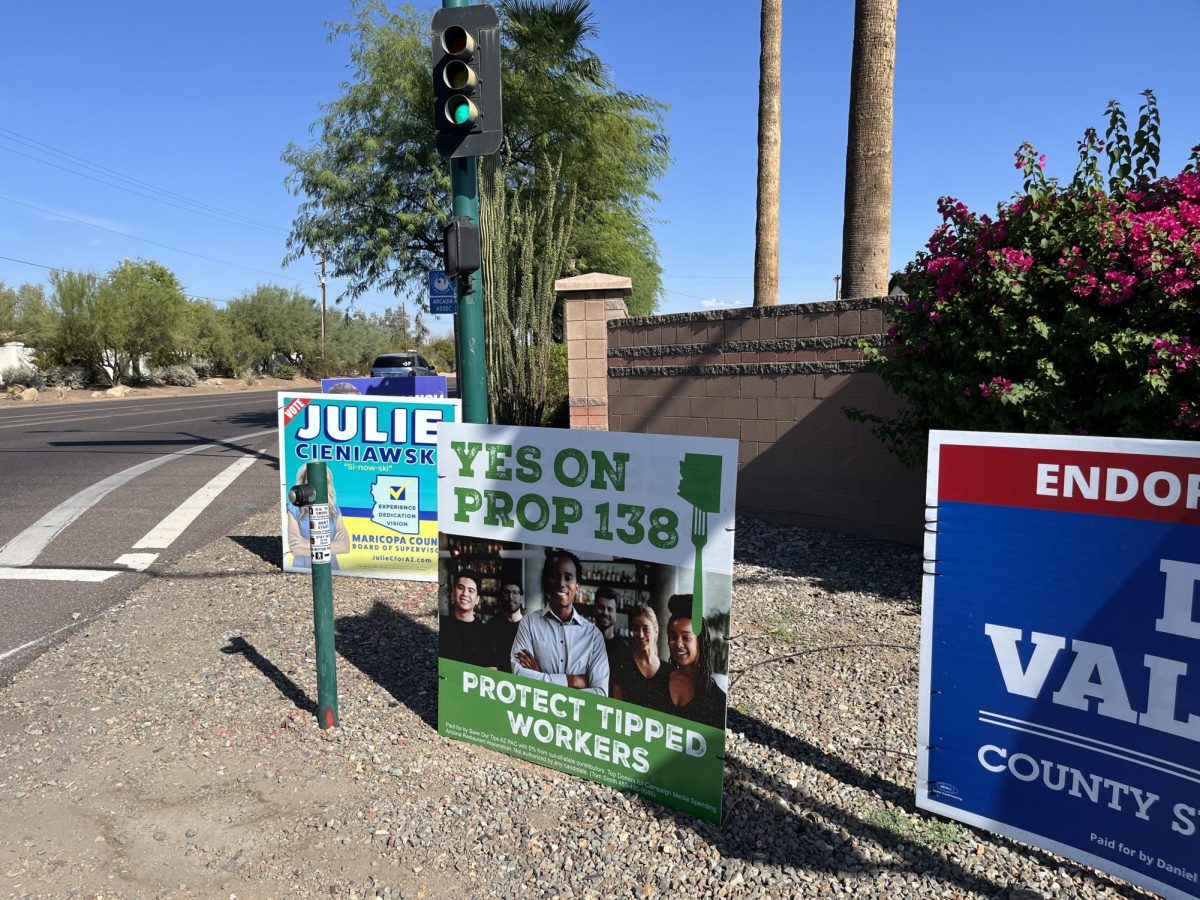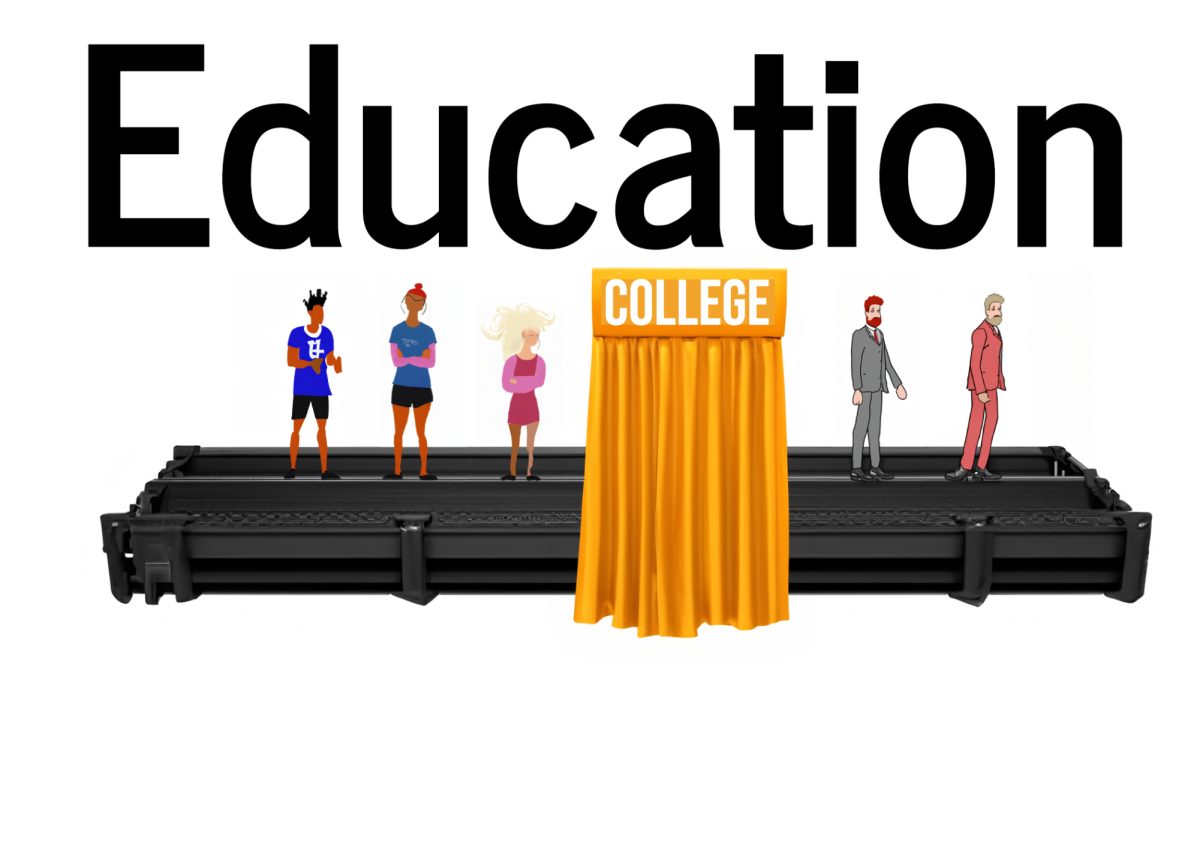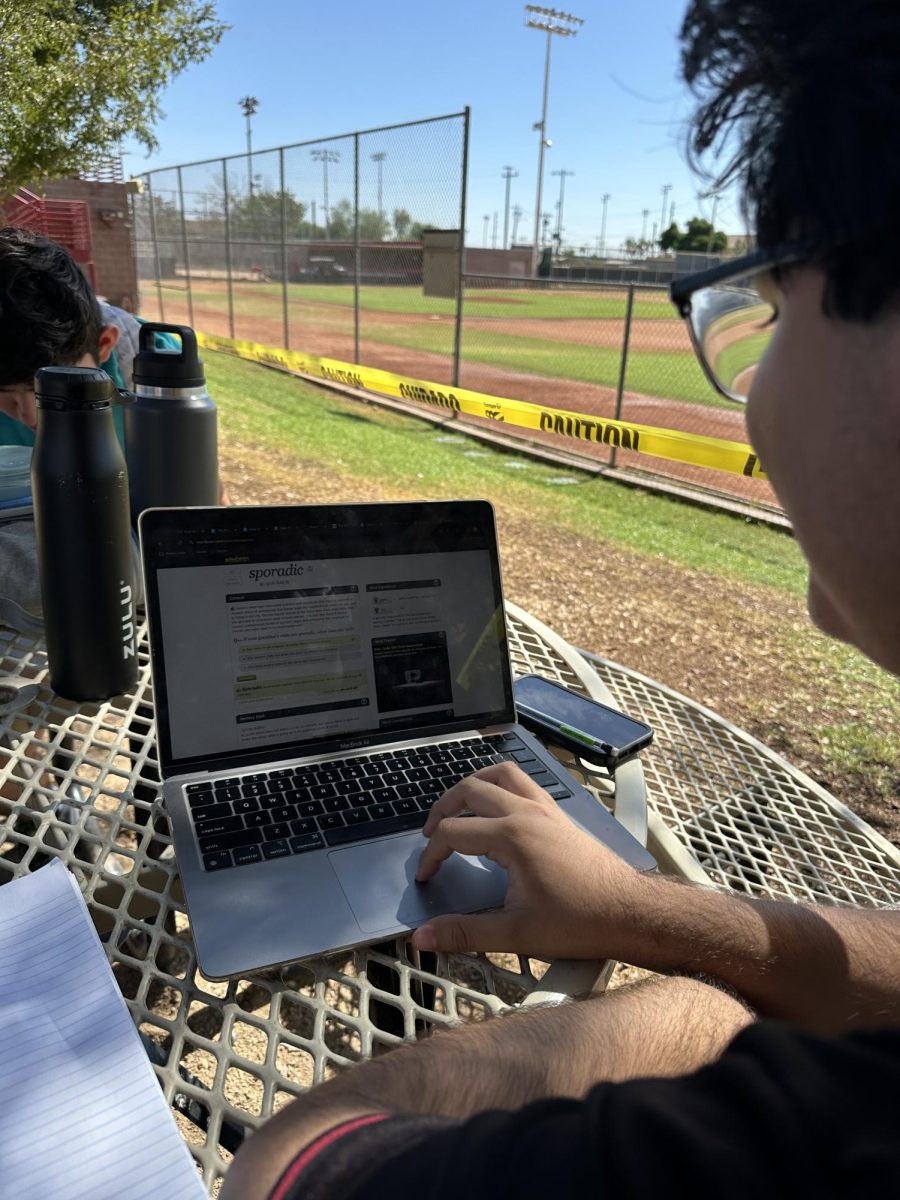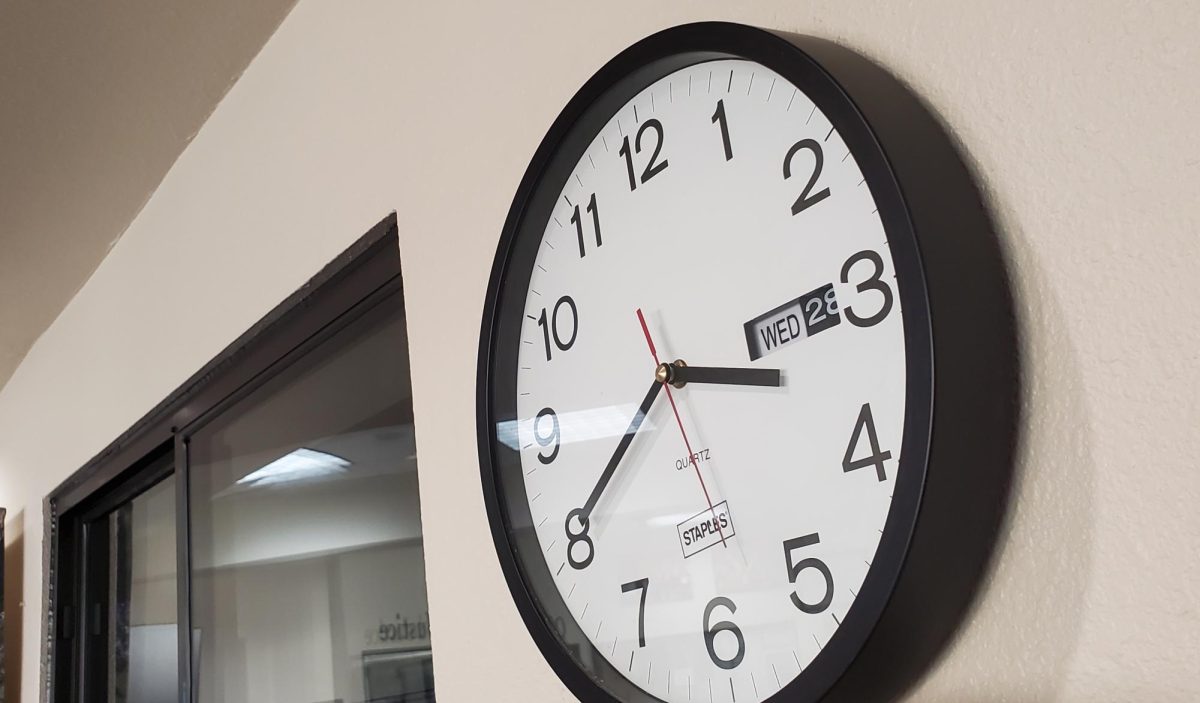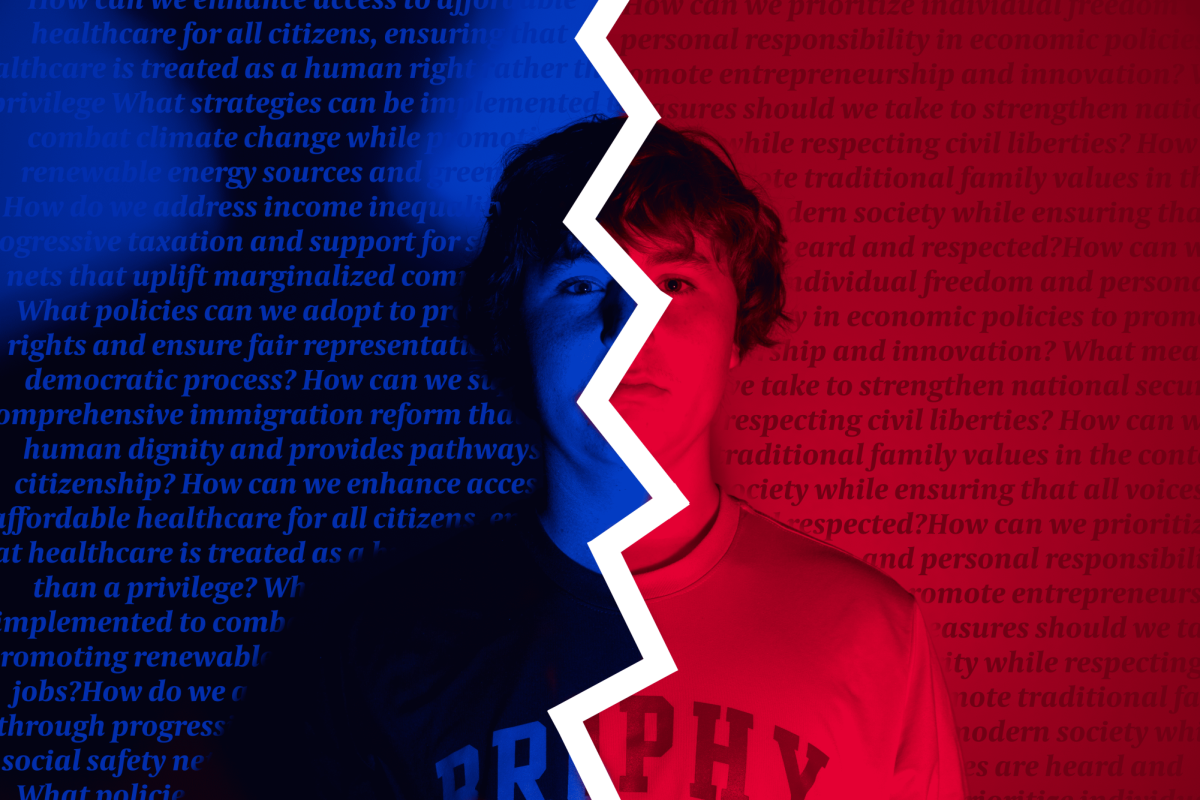By Carl Justice ’21
THE ROUNDUP
After the death of Justice Ruth Bader Ginsburg, the Supreme Court suddenly became a massive part of the 2020 election. The controversy surrounding Donald Trump’s appointment of Amy Coney Barrett has been a major part of the news cycle for weeks and will likely continue to be one for a while, regardless of the outcome.
And while the Supreme Court may seem incredibly distant to Arizonan high school students, thanks to the fact that Justices aren’t elected and never directly pass laws, the Supreme Court changes the everyday lives of each American. As the Supreme Court will likely continue to be a massive issue moving forward, it’s critical that everyone pays more attention to what exactly it does.
In the past decade, the Supreme Court has made a massive impact on all of our lives. For example, in 2010, the court decided that the government could not restrict independent political spending by corporations. This is why advertisements endorsed by neither major candidate in the race are able to be so prevalent. In fact, according to Vox, “campaign spending by non-campaign groups in the first presidential election year after Citizens United “rose 245 percent in the presidential election, by 662 percent in House races, and by 1,338 percent in Senate races.” This dramatically increases the role of big corporations in elections.
This year, President Trump’s repeal of DACA, which provides two-year periods of deferred deportation and work permits to immigrants from the late 1990s to early 2000s who came illegally as children, was appealed up to the Supreme Court. The court ruled that Trump’s method of repealing DACA was not constitutional, but provided him a roadmap to do it in the future. The 700,000 DACA recipients nationwide remained concerned about their future. Some of these recipients are neighbors, classmates, or even friends.
Just in the next few months, the Affordable Care Act will likely be voted on by the Supreme Court. The Affordable Care Act, also known as Obamacare, provides healthcare to 22 million Americans, according to NPR. It also protects Americans with preexisting conditions from being refused the same healthcare as Americans without them. This means that many of our relatives may need to find new ways to pay their medical bills, some of which may be increasing.
In the future, the court will continue to rule on issues like these, just like they have in the past. One significant thing has changed, however. As the court has become more partisan, issues regarding the court will continue to be more and more prevalent in the political process.
Right now, Supreme Court Justices serve life terms. This means that Barrett, who is 48 years old, would be on the court for decades after nomination. Many critics of her appointment have already spoken out about judicial reform, arguing that decisions made by the president will be felt for a generation. Some suggest that increasing the number of justices is the right approach. Others suggest term limits. Others think the system is fine as is. As we all become old enough to vote, we must consider the Supreme Court when we make all of our decisions. The court wasn’t always a massive voter issue for everyone. Now it must be.


